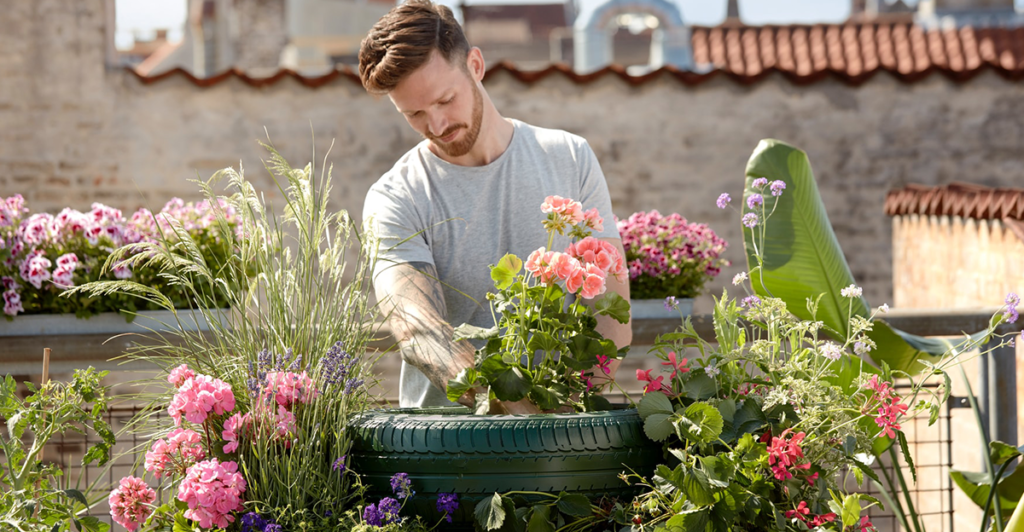
Transform Your Garden with Biodegradable Mulch Mats
In a world where every choice we make ripples through our planet and our personal sanctuary, your garden deserves more than the ordinary. It deserves

On World Autism Awareness Day, we’re highlighting the significance of creating sensory-friendly gardens.
Gardening not only helps you produce nutritious homegrown food, but also has a host of therapeutic benefits. Over the years, there has been increasing interest in the benefits of gardening for one’s physical and mental well-being. Studies have shown how gardening can help reduce stress and improve one’s self-esteem. For people living with disabilities, such as autism, gardening and spending time in nature gives them a feeling of empowerment and independence. Gardening can also help them learn new skills and build confidence within a fun, secure, and accessible setting

A sensory garden is one that stimulates all the senses, including sight, smell, touch, taste, and sound, through the use of plants and other gardening materials. Sensory gardens allow people to better understand and connect with nature, becoming more aware and mindful of their surroundings and their responses. Spending time in a sensory garden is hugely beneficial for calming one’s mind. For individuals living with autism, sensory gardens allow them to not only learn and explore, but also to become aware of their senses in a safe and stimulating environment. Carefully chosen plants and flowers can maximise a garden’s sensory appeal with scents, texts, and striking displays of colour.
When creating a sensory garden, think about plants that appeal to different senses, such as sunflowers, bamboo, silver sage, and sweet peat. To stimulate sight, you might choose a mix of bright-coloured plants or you might opt for different species of trees, shrubs, and other plants that come in various heights, shapes, and patterns. You can also add creepers, plants in hanging baskets, and miniature plant species.
Using a mix of aromatic plants, including roses, honeysuckle, jasmine, lavender, rosemary, mint, and sage, among others, is perfect for stimulating smell, while the rustle of the leaves against the wind and the crunchy sounds made when walking on a gravel path are just some of the different ways in which you can bring a variety of sounds to your garden. A fountain or bird bath can also help liven up a space, stimulating different senses. Plants and fountains can attract bees, other insect pollinators, birds, and wildlife, creating a wonderful mix of sounds.

Incorporating a mix of textures and surfaces to your garden design, whether they are soft, smooth, rough, solid, or watery, is a great way to stimulate touch. The aloe vera plant with its soft leaves and spiky edges, the smooth surface of succulent plants, and rough tree barks are just a few ideas, while fresh herbs, vegetables, and fruits are all about experiencing different tastes.
If you don’t have an outdoor space, growing plants and flowers in indoor spaces including windowsills and balconies can still help stimulate the different senses. Thinking about the plants you choose to grow, while also ensuring that the space you create is fun, safe, and accessible, is important.

In a world where every choice we make ripples through our planet and our personal sanctuary, your garden deserves more than the ordinary. It deserves

We continue our special series highlighting grower’s experience of using coir with Kay @brook_cottage_. With a love for growing a mix of flowers, fruits, and